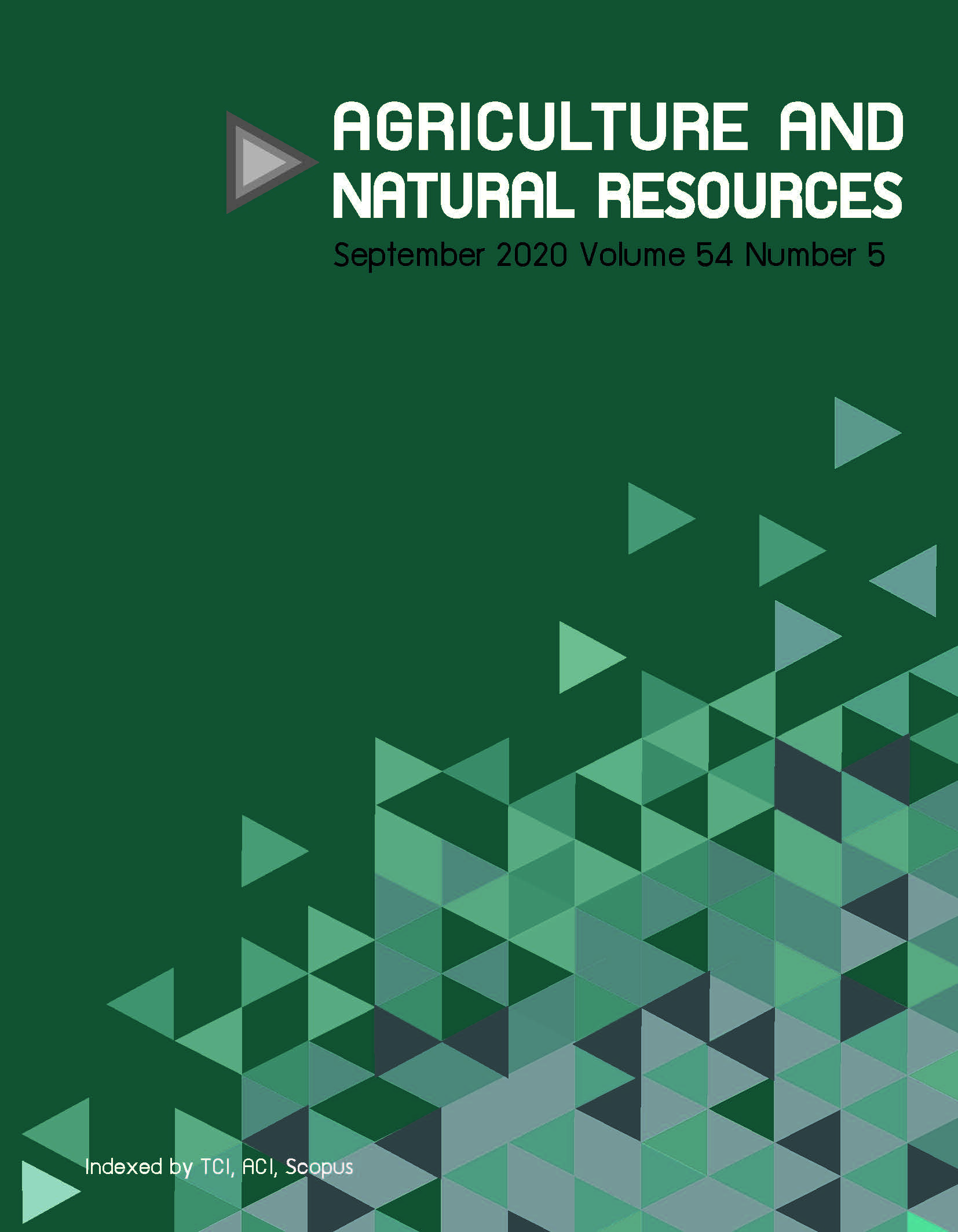Wild Solanum cajanumensis species as a potential reservoir of arbuscular mycorrhizal fungi diversity compatible with cultivated Solanum betaceum species
Keywords:
18S rDNA, Arbuscular mycorrhizal fungi, Cultivated species, Solanum species, Wild speciesAbstract
The community structure of arbuscular mycorrhizal fungi (AMF) is wide in terms of composition and distribution and can be influenced by the host plant. The aim of this research was to compare the diversity of AMF communities associated with cultivated (Solanum betaceum) and wild tree tomato (Solanum cajanumensis) species. Roots of both species were collected from two sampling sites in Southern Ecuador. The microscopic analysis revealed a heavy colonization by AMF in the roots of both species. An 18S rDNA barcoding analysis was conducted on DNA samples isolated from root tissue to determine the AMF community composition. Sequences from the partial 18S rDNA region were used to reconstruct operational taxonomic units (OTUs) using the UPARSE algorithm with a similarity cut-off of 97%. In total, seven OTUs were retrieved from both species. A higher number of Glomeromycota OTUs were associated with the wild Solanum host and two out of seven OTUs were shared between both Solanum species. Based on the phylogenetic relationships observed among family-specific OTUs, it was speculated that the wild individuals of S. cajanumensis could constitute a natural reservoir of AMF, potentially transferable to the cultivated tree tomato species as part of a crop management strategy.
Downloads
Published
How to Cite
Issue
Section
License

This work is licensed under a Creative Commons Attribution-NonCommercial-NoDerivatives 4.0 International License.
online 2452-316X print 2468-1458/Copyright © 2022. This is an open access article under the CC BY-NC-ND license (http://creativecommons.org/licenses/by-nc-nd/4.0/),
production and hosting by Kasetsart University of Research and Development Institute on behalf of Kasetsart University.







